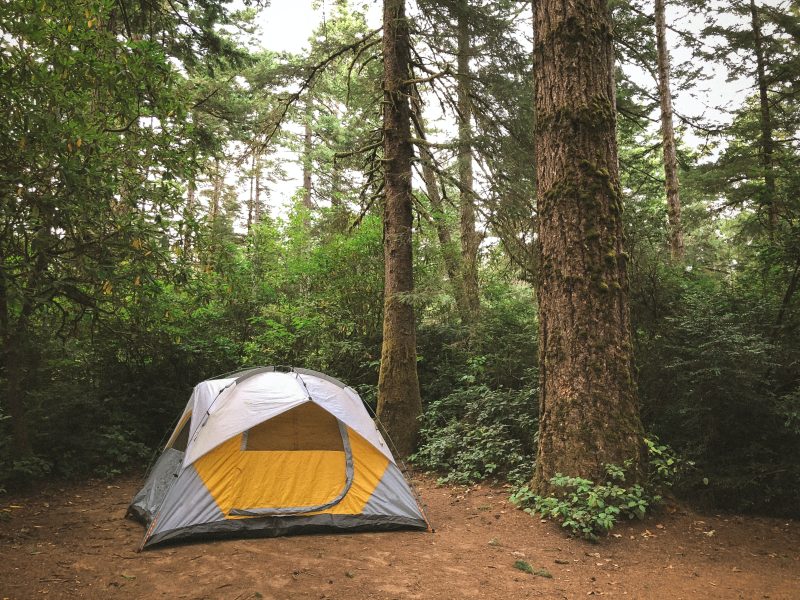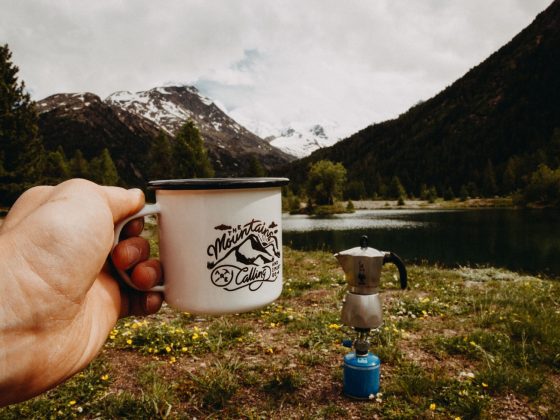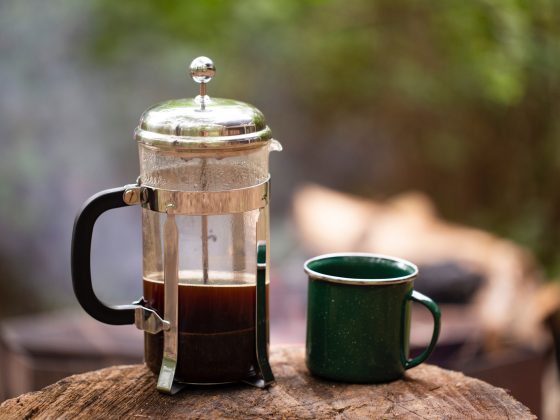As an avid camper and an outdoor enthusiast, it is inevitable for you to enjoy spending time in the great wilderness than at home. That said, your days are probably filled with mapping out and planning itineraries for your next camping excursion.
Unfortunately, while camping jaunts can be planned, there is no telling what the weather would be like. That said, uncooperative weather can easily put a damper on a well-planned camp outing. After all, no matter how much we love the outdoors, nobody likes waking up drenched just because of the heavy rain from the night before.
Luckily, this does not have to be the case. In this article, we will discuss with you all the ways you can make your tent waterproof and rainproof. So, what is the simplest way to make your tent waterproof? Well, all you will need is a water repellent spray. However, do not simply choose any water repellent and go for ones manufactured especially for camping like Kiwi Camp Dry Philippines water repellent.
Other than that, below are the ways you can make your tent waterproof and rainproof:
1.) Before doing any treatment, always clean your tent
Before giving your tents any waterproofing treatment, seam sealants, or repellents, ensuring that they are clean is paramount. To do this, set up your tent and fill a bucket with warm water and add some mild detergent or a tech wash. Give your tent a gentle sponge down until it is clean. Remember to pay close attention to the seams before applying the waterproofing agent. Apply the treatment before drying your tent.
2.) Use silicone waterproofing
Waterproofing silicone sprays are commonly used as a waterproofing technique. This is because the silicone layer tends to block all pores with its molecule composition that could pass water particles. Luckily, waterproofing sprays of all kinds are available commercially, which means finding one that fits your needs will be easy. Silicone waterproofing is great as they have the best water resistance without affecting your tent’s breathability much. More importantly, they are quite cheap and versatile. This means that their use is not limited to waterproofing, just your tent. They can be used on your camping gear as well.
Downside: A common downside of silicone-based water repellent is that they require careful coating. Any uneven or excessive coating can affect air permeability and may make the inside of the tent unbearably hot. Also, if you choose any cheap quality silicone repellents, there is a likely chance that they will wear off soon as silicone water repellents often cannot withstand bad weather and the scorching sun.
3.) DWR Wash Sprays
Durable Water Repellent sprays are breathable, which allows for optimal comfort while you are inside your tent. Most commercially available waterproof sprays tend to completely block pores which means being inside can be stifling hot and suffocating. DWR washes keep droplets of water at a high contact angle to the fabric, which allows water to stack up and fall from the sides eventually. Apart from being effective waterproofing agents, DWR wash sprays are the easiest method of waterproofing tents while providing water repellency.
Downside: The main disadvantage of DWR Wash sprays is having to re-coat often as a requirement. More importantly, these sprays require optimum care, which means re-coating every now and then because they have a propensity for washing off. Luckily, the application is easy and straightforward, so you can easily manage to do just that.
4.) Waterproof wax coating
One of the most awesome ways to stop water from penetrating your tent is to apply wax coating. Unfortunately, it is not as commonly used owing to its effect on breathability. Like oil, wax creates a membrane over the tent fabric and seals all the holes and pores it goes over. As a result, the waterproof coating does not let any water molecule penetrate at all. This means that of all the waterproofing options, wax coating is the best. So, if you need an extremely waterproof tent, you will fare better by applying wax coating. With even just a layer of wax over your tent surface, you can stay dry inside and hold off during a downpour.
Downside: Wax-coated tents are completely waterproof, but they are difficult to be in. This is because wax-coated tents have zero air permeability which means you are likely to experience excessive sweating and suffocating while you are inside the tent. It is also worth noting that applying a wax coating over a large surface such as your tent can be a tiresome job. For this reason, wax coatings are only used for vulnerable areas like the seams and the zip. Keep in mind that wax coatings can leave white stains on the tent’s fabric, but if you have no other options available, wax is an excellent choice for bad weather and heavy downpours.



